Fantastic Plastic: Anna Castelli Ferrieri and Giulio Castelli’s Kartell Furniture
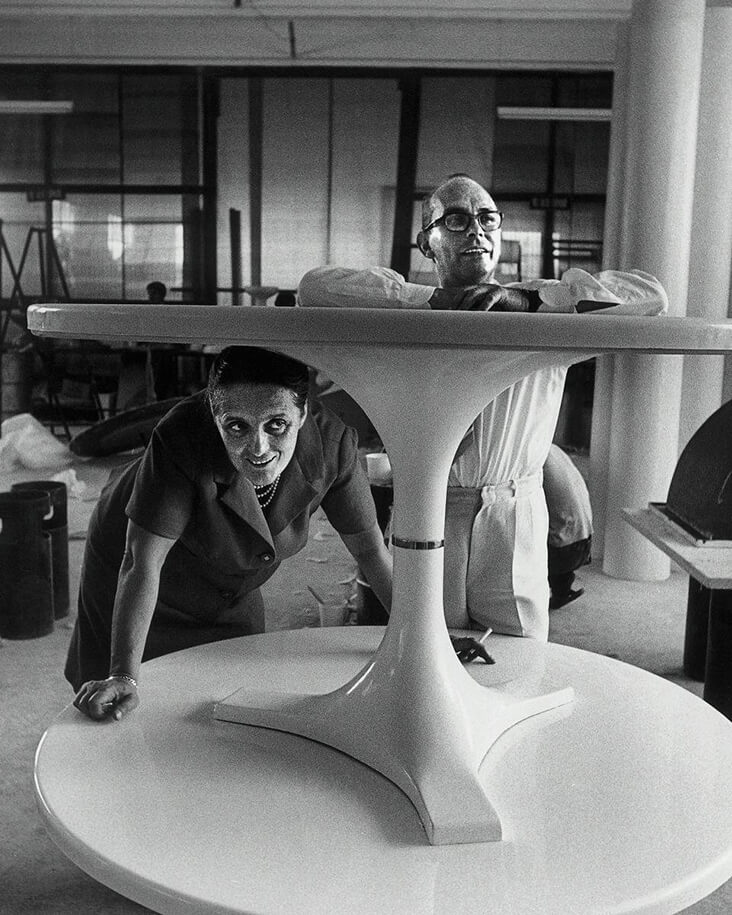
Kartell founders Anna Ferrieri Castelli & Giulio Castelli in 1967 with Anna’s first table design for Kartell made from polyester resin and glass fibres, Photo © Museo Kartell
Italian duo Anna Castelli Fierrieri and Giulio Castelli are the faces behind iconic furniture brand Kartell, which brought cheeky fun to the mid-20th century market with vibrant, shiny plastic furniture. They were a formidable design team, she the designer, he the biochemist, fusing his cutting-edge plastic production with her radical modernist design. Such was the success of their teamwork, Kartell designs are instantly recognisable icons of the 1970s, encapsulating the irreverent spirit of the era with groovy, curves and impossibly slick, indestructible surfaces.
Anna and Giulio were independent spirits who had both forged separate careers long before they teamed up. Even after their marriage, it would be another four years before they would realise the dynamic possibilities of their combined passions. Anna studied architecture at the Milan Polytechnic Institute, one of only three women in her class, before going on to found her own independent practice in Milan in 1946. As a student she was taught by Neo-Rationalist architect Franco Albini, who encouraged in her a Bauhaus sensibility, emphasising functionality, geometry, order and simplicity. Giulio, on the other hand, trained as a chemical engineer under Nobel Prize winning scientist Giulio Natta, where he spent time studying the unique properties of plastic. In 1949 Giulio founded his own company called Kartell, initially as a manufacturer of plastic automobile accessories.
Giulio and Anna married some years later in 1960, and each continued to pursue their individual paths. In the 1960s Anna established a joint architectural practice with the Italian Rationalist architect Ignazio Gardella, and together they designed the Kartell headquarters in Noviglio, outside Milan, a building that has since been converted into the Kartell Museum. Anna made her first furniture designs for Kartell around the same time – one of the first was a round dining table made from polyester resin reinforced with glass fibres, designed in a style that merged Italian elegance and tradition with affordable, durable materials.
Over the next decade, Anna took on increasing authority at Kartell, rising the ranks from design consultant to art director. Her simple, sinuous and brilliantly coloured designs echoed the Bauhaus style with smooth, curving geometry and ergonomic designs that followed the lines of the human body. One of her earliest breakthroughs was the single mould plastic chair, made as a robust singular unit which was simple, minimal and easy to create. In 1967 Anna designed her iconic Componibili, a series of stacking modular units made with smooth plastic in gently curving forms, which were produced in a variety of colours, prints, shapes and sizes. An immediate hit with buyers, the design has been in constant production since this time.
Both Anna and Giulio shared a fascination with the once humble, underrated material of plastic, believing it had the potential to change lives for the better, offering an affordable route into well-designed pieces for the mass market that could be multifunctional, stackable and durable. They also saw plastic as the dawn of a futuristic new era of furniture innovation, a glossy, bright material with virtually no history that could be shaped and manipulated into a huge array of adventurous new shapes and sizes. Throughout the 1970s furniture was Kartell’s best-selling product and it soon became the central focus of their marketing strategy as they expanded into an international market. As the company grew, they enlisted a wider pool of designers including Richard Sapper, Gae Aulenti and Joe Colombo, who worked tirelessly to prove plastic was a viable option for furniture which was strong, economical, practical and glamorous.
Giulio’s breakthroughs in plastic manufacture throughout the 1980s such as injection moulding and blended plastic opened up new avenues of exploration for Anna and her pool of designers, placing them at the forefront of 20th century furniture innovation.
In 1988 both Giulio and Anna retired from the Kartell business, but they kept the company in the family, passing the reigns on to their son-in-law Claudio Luti who continues to steer the ship today. Kartell are now a global brand that has worked with the world’s leading designers including Patricia Urquida, Philippe Starcke and Ron Ara, who continue to develop Giulio and Anna’s innovative, experimental and playfully optimistic attitude towards plastic.





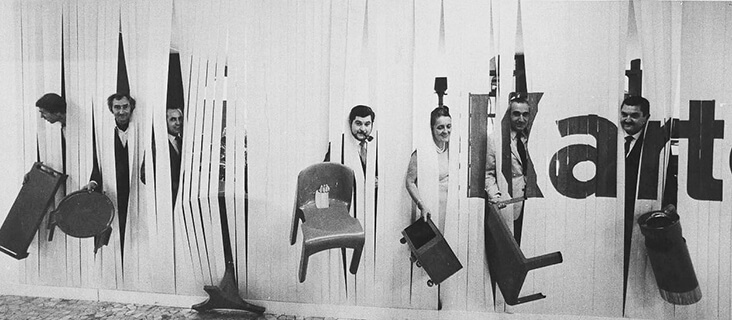
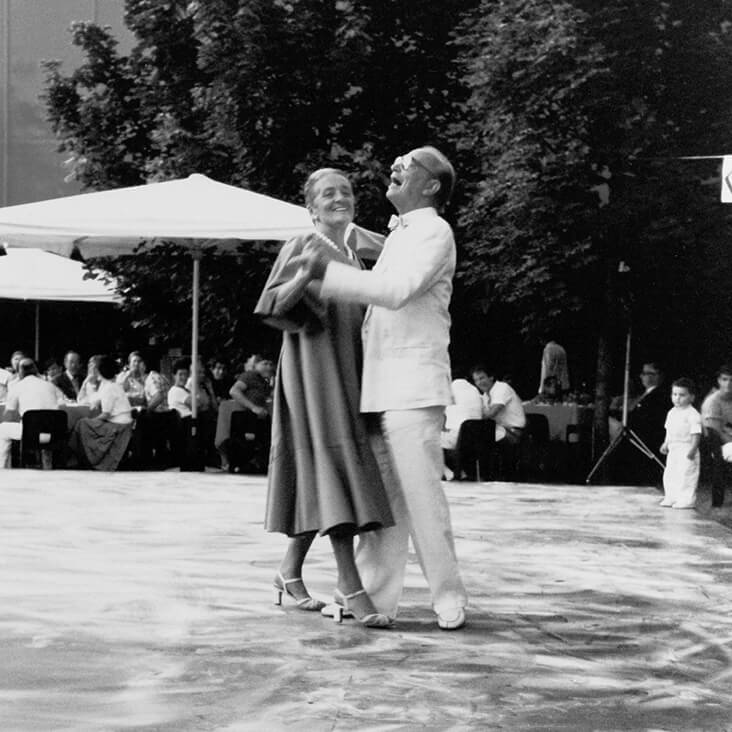
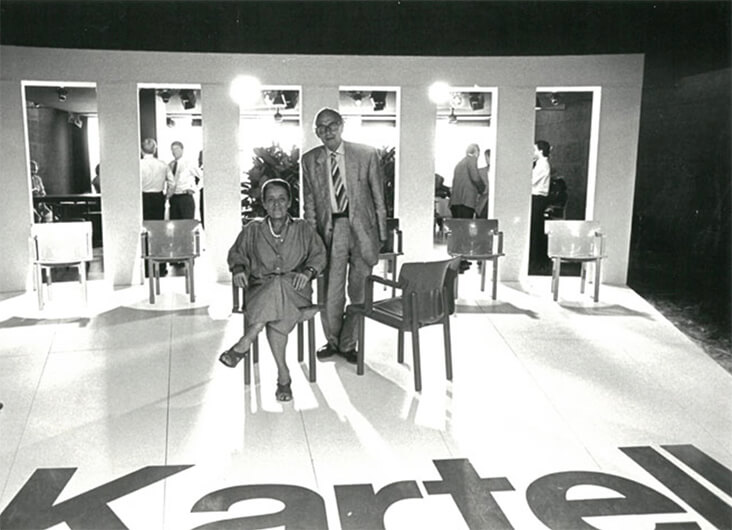
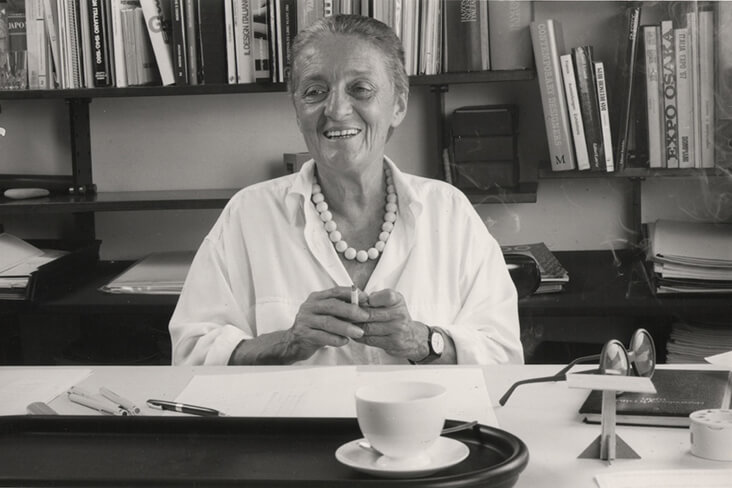
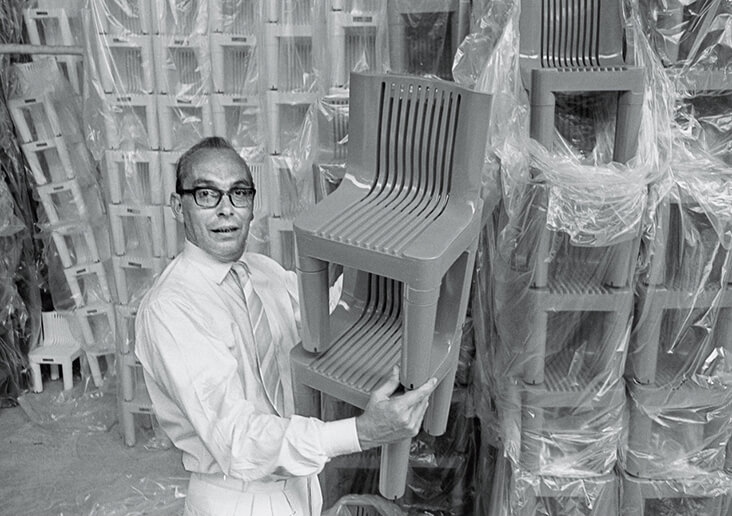


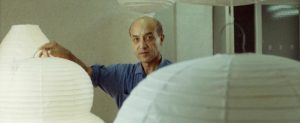

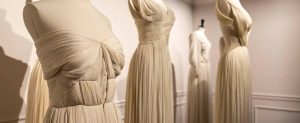





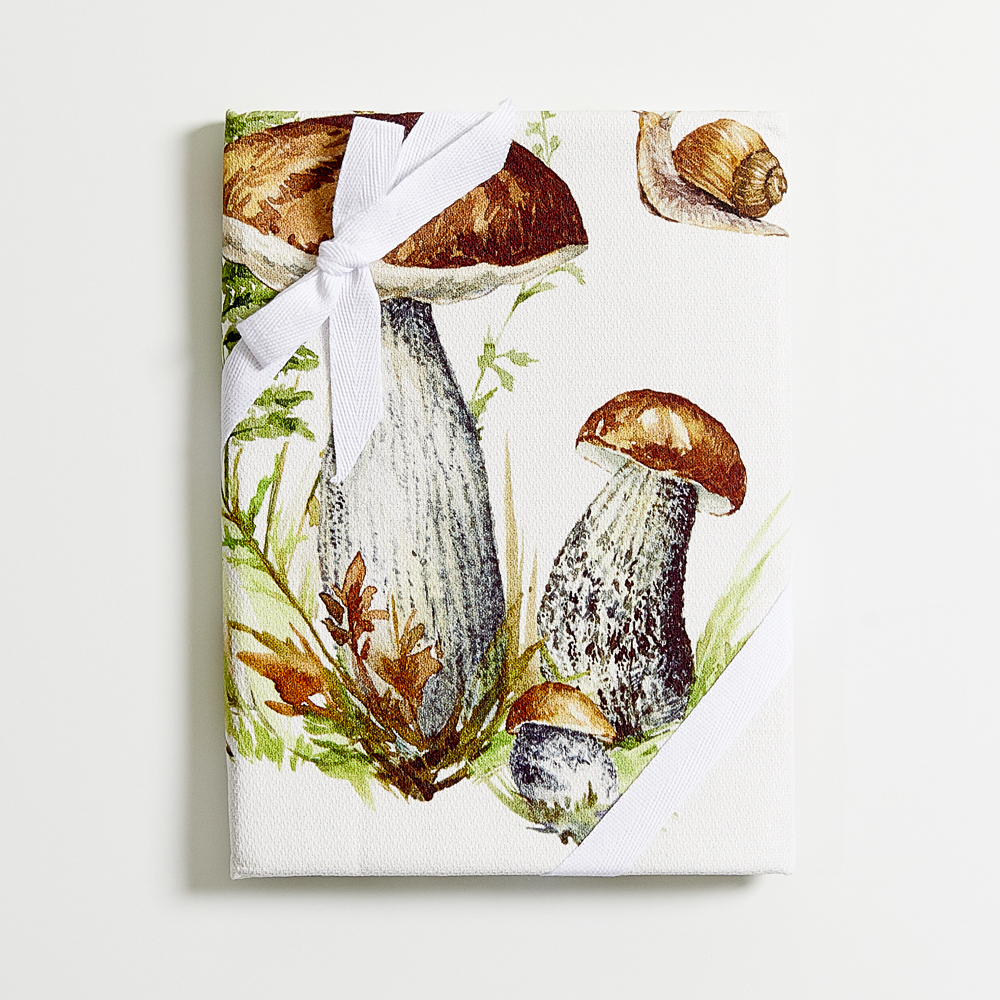






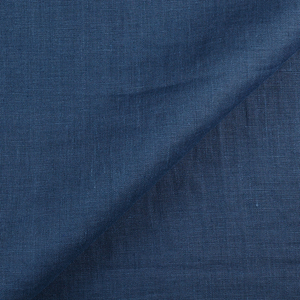
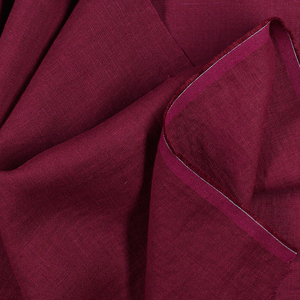

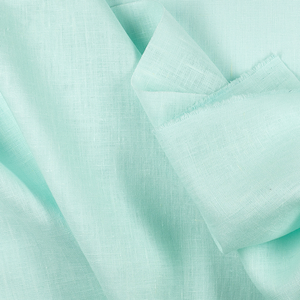














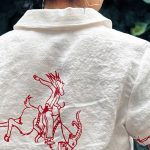


Leave a comment